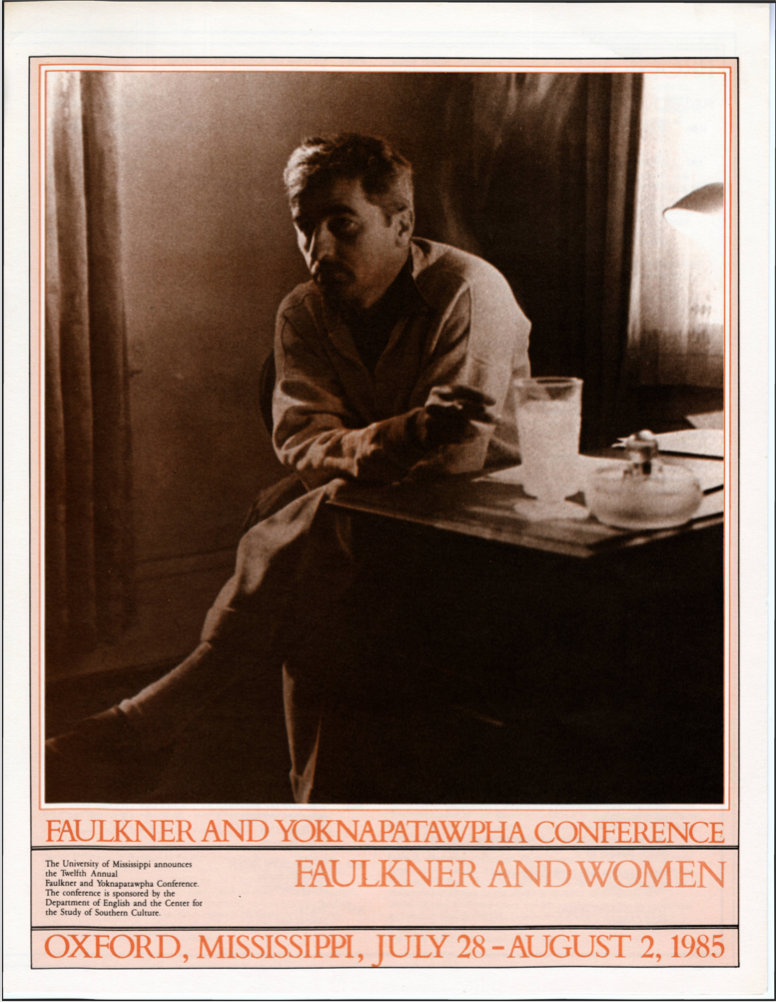
Mothers and Daughters in Endless Procession: Faulkner's Use of the Demeter/Persephone Myth
Location
Ole Miss Union Ballroom
Start Date
2-8-1985 1:30 PM
Description
Though much of our great literature concerns itself with the relationship of fathers and sons, fathers and daughters, and mothers and sons, the mother/ daughter relationship has received relatively little development. The myth of Demeter and Persephone is the classic archetype in Western literature for a primary mother/daughter relationship, and it is one that William Faulkner utilized in a number of his works.
The Demeter/Persephone myth, because of its implications of continuity and immortality, embodies a strongly optimistic message. Faulkner’s mother/daughter pairs function in an analogous fashion. Though he inverts the pattern of the myth (it is often the mother rather than the daughter who must make the trip to or through hell), Faulkner still uses the paradigm to signify the endless renewal of the Eternal Woman. Caddy Compson and her daughter Quentin of The Sound and the Fury, Addie and Dewey Dell Bundren of As I Lay Dying, and Eula and Linda Snopes of The Hamlet, The Town, and The Mansion are three of the mother/daughter pairs that will be discussed in this paper.
Faulkner’s characterization of women often emphasized their great endurance. His '‘unvanquished" maiden ladies and grandmothers are clearly representative of female indomitability. So are the many "earth mother" characters in his works. However, it is in his manipulation of the Demeter/Persephone myth that some of his strongest optimistic messages are transmitted, an optimism inherent in the continuity embodied by the mother/daughter relationship.
Relational Format
Conference Proceeding
Recommended Citation
Gladstein, Mimi R., "Mothers and Daughters in Endless Procession: Faulkner's Use of the Demeter/Persephone Myth" (1985). Faulkner and Yoknapatawpha Conference. 27.
https://egrove.olemiss.edu/fy/1985/schedule/27
Mothers and Daughters in Endless Procession: Faulkner's Use of the Demeter/Persephone Myth
Ole Miss Union Ballroom
Though much of our great literature concerns itself with the relationship of fathers and sons, fathers and daughters, and mothers and sons, the mother/ daughter relationship has received relatively little development. The myth of Demeter and Persephone is the classic archetype in Western literature for a primary mother/daughter relationship, and it is one that William Faulkner utilized in a number of his works.
The Demeter/Persephone myth, because of its implications of continuity and immortality, embodies a strongly optimistic message. Faulkner’s mother/daughter pairs function in an analogous fashion. Though he inverts the pattern of the myth (it is often the mother rather than the daughter who must make the trip to or through hell), Faulkner still uses the paradigm to signify the endless renewal of the Eternal Woman. Caddy Compson and her daughter Quentin of The Sound and the Fury, Addie and Dewey Dell Bundren of As I Lay Dying, and Eula and Linda Snopes of The Hamlet, The Town, and The Mansion are three of the mother/daughter pairs that will be discussed in this paper.
Faulkner’s characterization of women often emphasized their great endurance. His '‘unvanquished" maiden ladies and grandmothers are clearly representative of female indomitability. So are the many "earth mother" characters in his works. However, it is in his manipulation of the Demeter/Persephone myth that some of his strongest optimistic messages are transmitted, an optimism inherent in the continuity embodied by the mother/daughter relationship.

